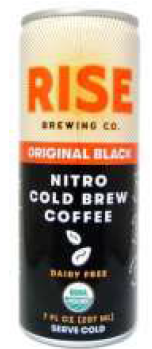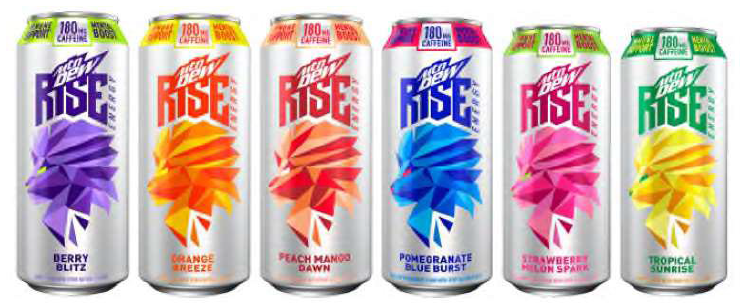On August 9, 2022, the US Patent & Trademark Office (PTO) gave a public presentation, “Subject Matter Eligibility Under 35 U.S.C. § 101: USPTO Guidance and Policy.” During the presentation, the PTO indicated that its goal is to identify eligible subject matter and not reject patent applications under 35 U.S.C. § 101 where possible. However, subject matter eligibility must be determined in accordance with Supreme Court precedent as set forth in Bilski v. Kappos (2010); Mayo Collaborative Servs. v. Prometheus Labs, Inc. (2012); Association for Molecular Pathology v. Myriad Genetics, Inc. (2013); and Alice Corp. v. CLS Bank International (2014). The PTO presented several biotech examples demonstrating how subject matter ineligible claims could be redrafted to encompass eligible subject matter.
The PTO presented a detailed explanation of the two-step subject matter eligibility flowchart in MPEP § 2106 and emphasized the differences between the two prongs of Step 2A. The first prong is to evaluate whether the claim recites a judicially recognized exception to eligibility. If the claims do not recite an exception, they qualify as eligible subject matter. If the claims do recite a judicial exception, the analysis proceeds to the second prong of Step 2A, which is to evaluate whether the claims recite additional elements that integrate the exception into a practical application of the exception. If the claims do recite additional elements integrating the exception into a practical application of the exception, they qualify as eligible subject matter. If the claims do not do so, the analysis proceeds to Step 2B to determine whether the claims recite additional elements that amount to significantly more than the judicial exception.
While there is significant overlap between Step 2A prong two and Step 2B, the PTO noted that under Step 2A prong two, the additional elements may be well understood, routine, conventional activity, unlike in Step 2B. For example, if conventional steps were used to affect a particular treatment or prophylaxis for a disease or medical condition, or if conventional material was used in an unconventional application, the claims would be subject matter eligible.
The PTO warned against claiming methods as a series of mental processes, mere data gathering or steps that merely apply the judicial exception.
As noted, the PTO highlighted techniques for transforming subject matter ineligible claims into subject matter eligible claims. These techniques include reciting properties that naturally occurring compositions do not possess, showing that the claimed composition possesses properties not found in naturally occurring compositions, using a conventional material or conventional method in an unconventional application and specifying a particular treatment.
Practice Note: Readers may be interested in an IP Update Legislative Alert reporting on a bill introduced by Senator Tillis to amend §101, which can be found here.
read more


 Subscribe
Subscribe




